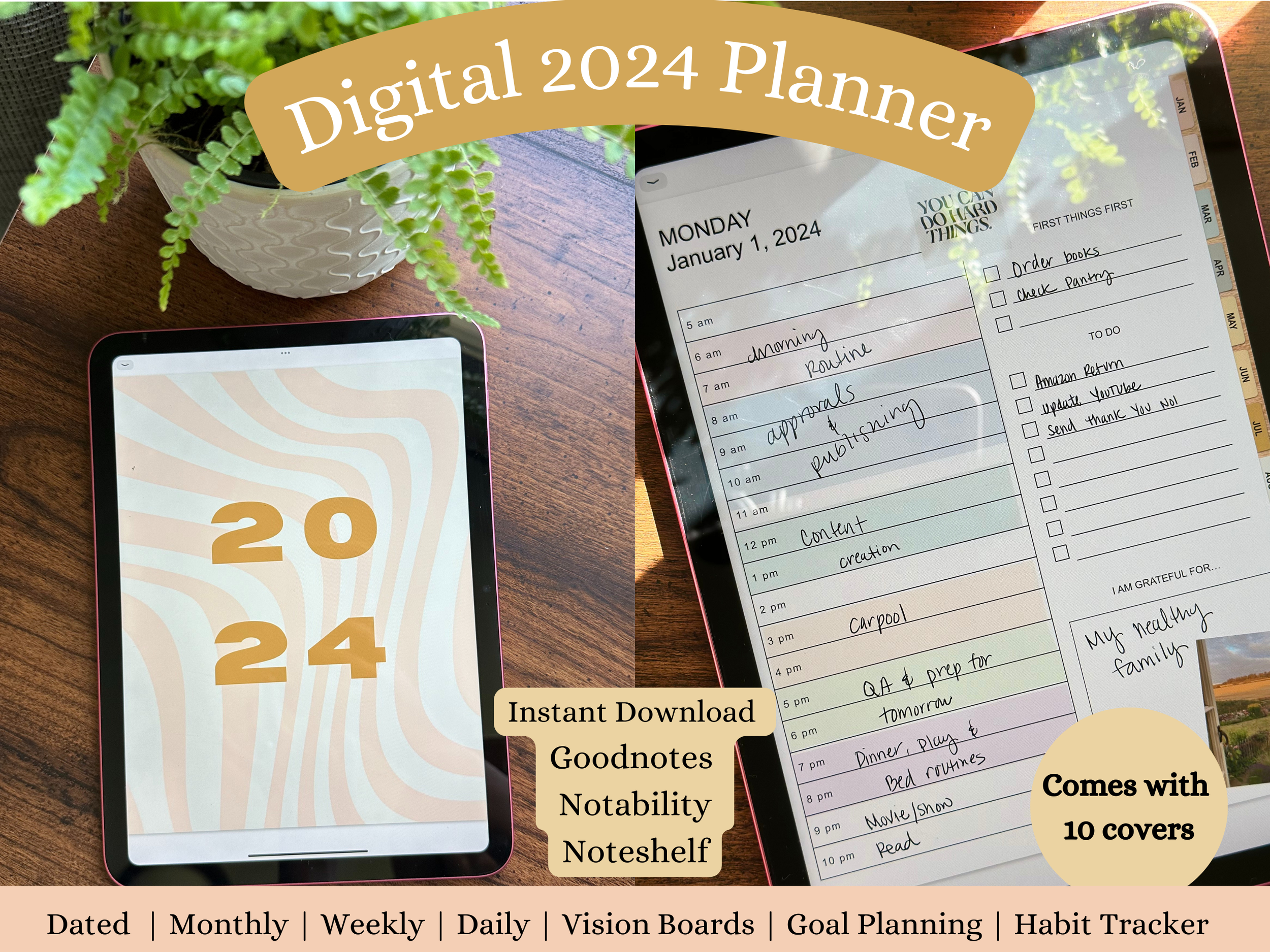How to Use a Planner for Beginners: Tips for Success
In a world brimming with digital distractions and endless to-dos, finding a way to bring order and focus into our lives has never been more essential. A well-organized planner can be your secret weapon, helping you take control of your day, boost productivity, and bring your goals within reach. If you're new to the world of planners, fear not! This guide is designed to help beginners embark on their planning journey with confidence. Let's explore how to use a planner effectively and set yourself up for success.
1. Choose the Right Planner
The first step on your planning journey is to choose the right planner that suits your needs and preferences. Planners come in various sizes, formats, and styles, so it's crucial to find one that resonates with you. Some popular options include daily planners, weekly planners, and monthly planners. Additionally, consider whether you prefer a digital or physical planner.
2. Set Clear Goals in your planner
Before you dive into planning, take some time to define your goals and priorities. What do you want to achieve? Having clear objectives in mind will help you tailor your planning approach to your specific needs.
3. Create a Planner Routine
Consistency is key when using a planner. Develop a planner routine that works for you. Set aside a specific time each day or week to update and review your planner. This habit will ensure that you stay organized and on track.
4. Plan Your Day Ahead
One of the primary purposes of a planner is to schedule your tasks and activities in advance. Start each day by listing the most important things you need to accomplish. Prioritize your tasks and allocate time blocks for each. Remember to be realistic about what you can achieve in a day.
5. Use Color Coding
Color coding is a powerful tool for visual organization. Assign specific colors to different categories or types of tasks. For example, use one color for work-related tasks, another for personal activities, and a third for health and wellness. This visual separation makes it easier to see your daily commitments at a glance.
6. Track Your Progress
Planners are not just for future planning; they're also valuable tools for tracking your progress. Use your planner to mark completed tasks, set milestones, and track your achievements. Celebrating your successes can be motivating and encouraging.
7. Be Flexible
While planning is about structure, it's essential to be adaptable. Life can throw unexpected curveballs, so don't get discouraged if your plans change. Adjust your planner as needed and don't be too hard on yourself.
8. Reflect and Adjust
Regularly review your planner to evaluate your productivity and assess how well you're managing your time. Are there any patterns or trends you can identify? Use these insights to make necessary adjustments and improve your planning approach.
9. Personalize Your Planner
Make your planner an extension of your personality. Personalize it with stickers, inspirational quotes, or photographs. The more connected you feel to your planner, the more likely you are to use it consistently.
10. Seek Inspiration
Don't be afraid to seek inspiration from others. Explore planner communities, follow planner influencers on social media, and learn about different planning techniques. You can adapt these ideas to suit your unique style.
Using a planner for beginners may seem daunting at first, but with time and practice, it can become a powerful tool for success. Stay consistent, be flexible, and, most importantly, make your planner work for you. Whether you're aiming to boost productivity, stay organized, or achieve personal and professional goals, a well-maintained planner can be your trusted ally on the path to success.




